Microsoft, Telstra, Cisco Meraki, Rhipe, Lenovo and HPE discuss partnering for success
[Photos] Hear from top CRN Fast50 sponsors Microsoft, Telstra, Cisco Meraki, Rhipe, Lenovo and HPE.
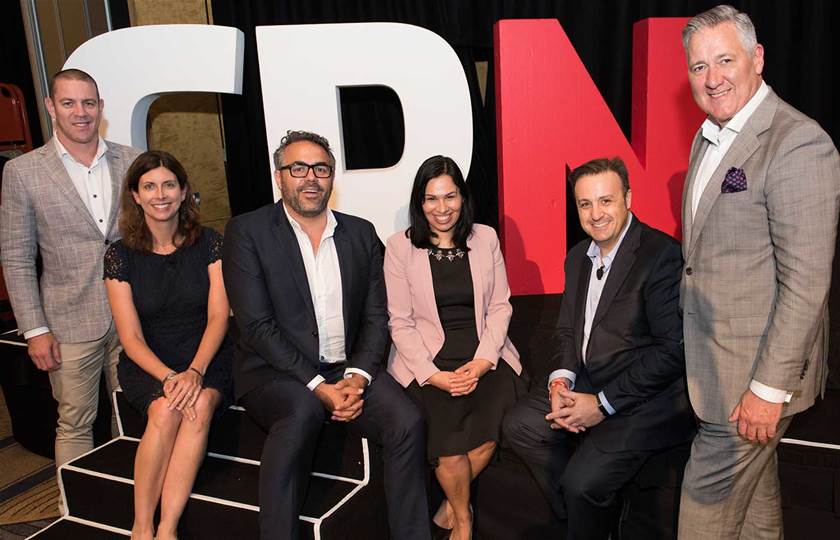

Driving partner business, at speed
We asked the major sponsors of the CRN Fast50 how they support the Australian partner community to build agile businesses and achieve quicker wins in the fast-moving business landscape
PANEL SPEAKERS
- Lincoln Goldsmith, channels director, APJC, Cisco Meraki
- Charlotte Schraa, head of global management, Telstra
- Nathan Knight, ANZ head of SMB and channel sales, data centre group, Lenovo
- Pat Devlin, director, enterprise territory group, Australia, HPE
- Warren Nolan, chief commercial officer, Rhipe
- Anita Sood, ISV and next-generation partnerships lead, Microsoft
HOST
- Steven Kiernan, editorial director, CRN
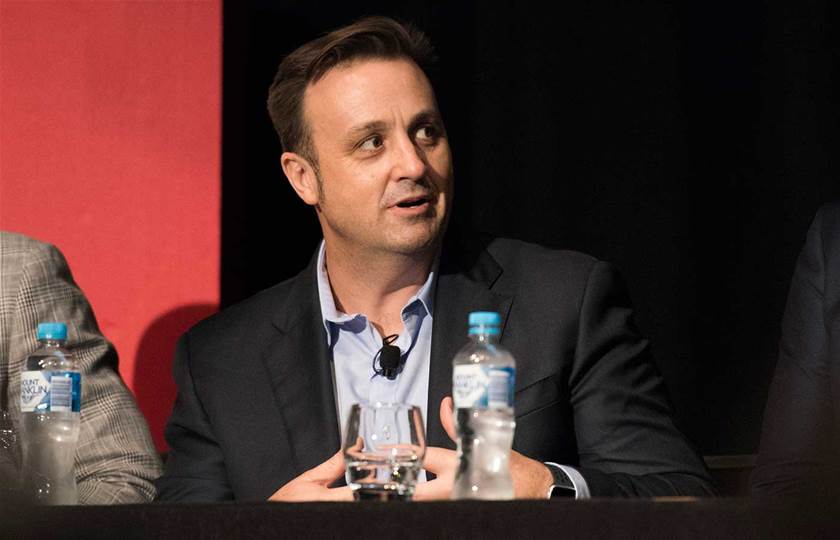

How does a mature company like HPE compete with born-in-the-cloud vendors?
Pat Devlin, HPE
In a sense, we have leaned into that. We don’t see it as a weakness: we see it as our superpower. That stability, that long-term vision, is something that very few companies have the timeframe to invest in any more.
In a market that moves so incredibly quickly, people with a 10-year vision just don’t exist anymore. Recently, NASA went out to market looking for a technology partner for a mission to Mars. At HPE, we’re classic engineers, so as a bunch of engineers, we’re thinking about the technology that NASA chose – The Machine. And it’s a wonderful piece of technology.
When we talk about NASA, we talk about this piece of tech, but to me, the real story isn’t that NASA bought a piece of tech and sent it into space. It’s that the world’s smartest engineers – the literal rocket scientists – went out to market, looked at all the vendors they could choose to work with, and chose us for their 10-year mission to Mars.
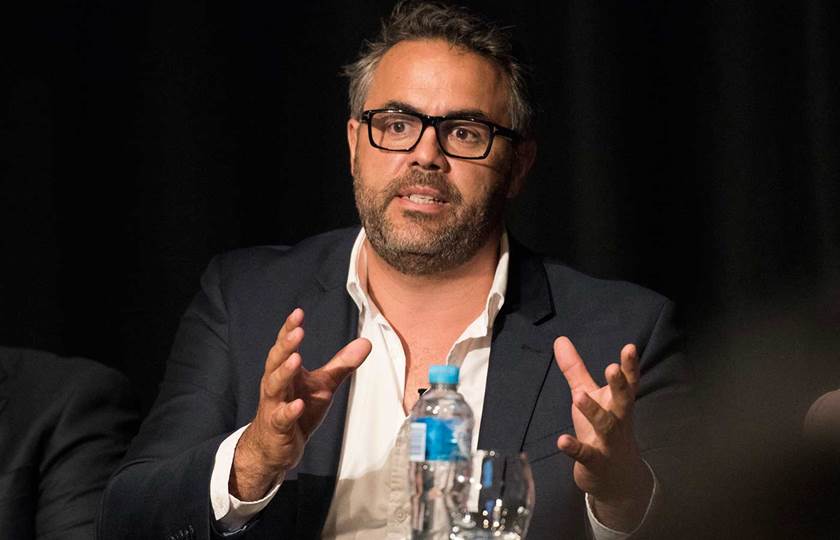

Why are vendors increasing the number of alliance partnerships they have?
Nathan Knight, Lenovo
Lenovo as a business separated our PC division from our data centre division. One of the key tenets behind that was to make sure that we’re agile in the way we go to market. A key tenet around that agility was partnerships.
A good example is Nutanix. We’re looking at how we build cloud capability that can be leveraged on-prem. We give our partners the ability to compete with the hyperscale public cloud providers, and bring the business back into their organisations.
We use all of our engineers and capabilities to go and test the environment, make sure that we’ve got the best go-to-market capabilities so that when partners go to deploy that, we’ve done all the hard work.
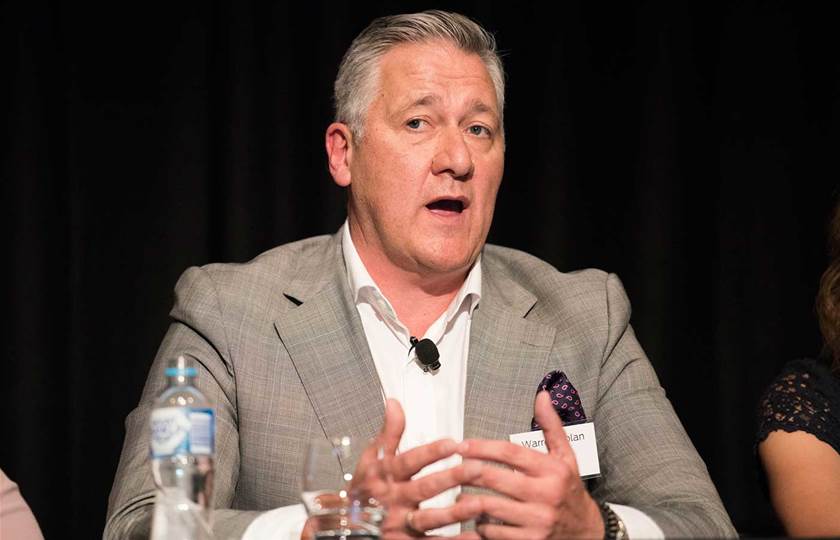

How did Rhipe get past the challenging startup stage?
Waren Nolan, Rhipe
When we first started almost 14 years ago, we were a small startup in Melbourne. We had half a dozen people and we were growing at an average pace. When things started really taking off with cloud, our business started to really grow.
Lots of our partners are small businesses. They may be in-market selling profitably with a successful product. They’re picking up lots of clients. But it only takes a few clients to miss those payments and it will impact on cash flow. We all understand the concept that cash is king. There have been many businesses that have gone out of business as a result of cash flow but not because of profitability.
They might have been profitable, but without cash, you can’t pay the bills and keep the lights on. So it is very important to maintain management over that and how you’re growing your customers, and the types of customers you’re bringing on.
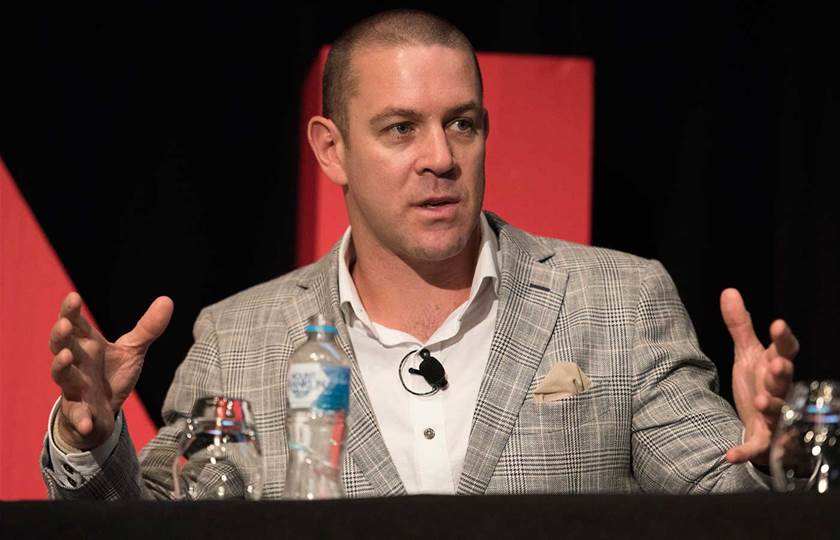

How can a vendor help a reseller become an MSP without the risk?
Lincoln Goldsmith, Cisco Meraki
One of the fortunate things about being at Meraki is that we’re part of Cisco. We have a tremendous backing there. Generally, we are seeing a capex-type expenditure model currently with customers. However, being born in the cloud and talking to the service providers, having that monthly billing is becoming increasingly important.
Cisco has launched a program called Easy Pay. The partners now, rather than having to take the risk of making a capex purchase, then getting monthly payments from the customer, and then amortising that capex over X number of years and wearing the forex risk as well, Cisco now allows the customer to have a monthly bill.
It’s not asking the partner to make that huge investment, looking into the crystal ball into the future to make sure that customer will still be paying them. It now levels the playing field. So, it reduces forex risks, it reduces the capex risk and the cash flow risks.
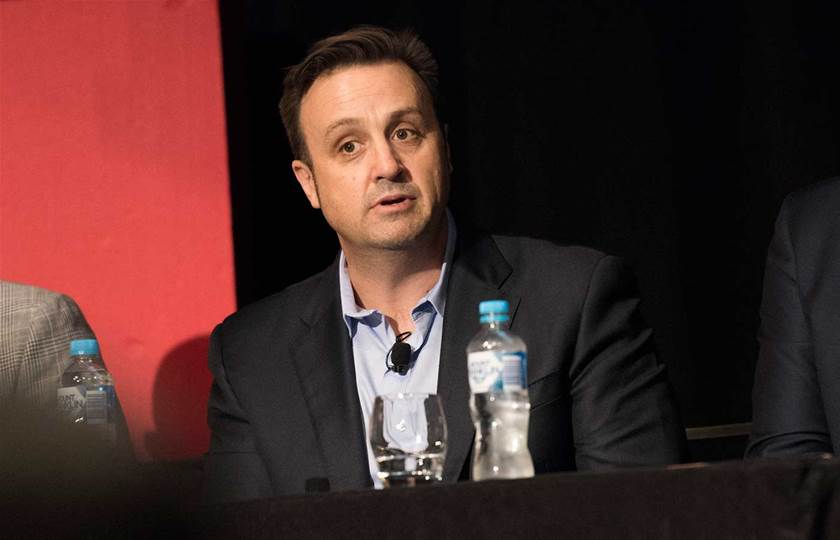

How can a vendor help a reseller transition to managed services?
Pat Devlin, HPE
Our partner communities have been doing managed services for a long time. A lot of vendors talk about partners becoming service providers as if it is something new. I don’t think it’s new. Most of the partners we work with have been doing that for a long time, they’ve just been calling it something else. They slap a new title on it and it’s all so exciting and new, but it’s the way most of our partners have been doing business for the past 20 years anyway.
Having said that, the faster your customers grow, as resellers, the more requirement you’ve got to potentially make investments.
We have a program we call flexible capacity. It’s all about HPE helping with ownership. It’s less of a finance agreement, and more of a kind of joint rental program with the ability to spike up and down in capacity.
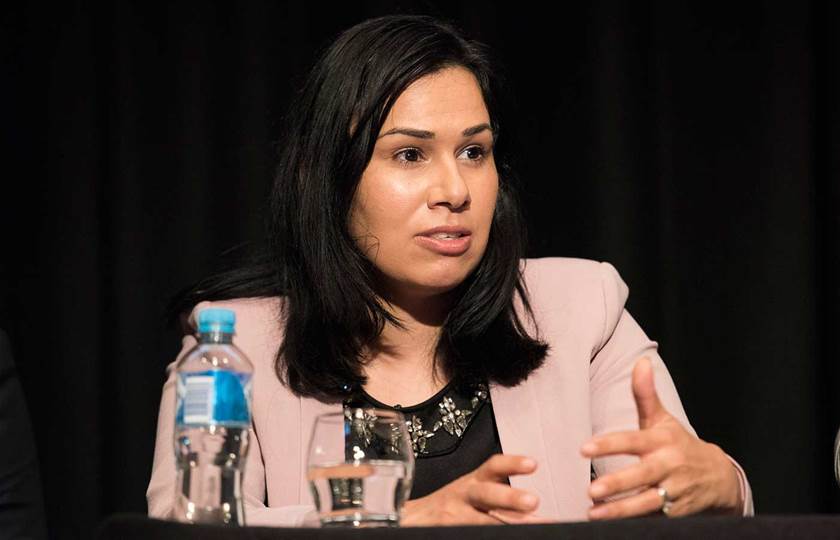

Microsoft has encouraged companies to build their own IP. Can you share any local examples?
Anita Sood, Microsoft
Anyone can be in [intellectual property], but there are many services companies that have tried it and failed – let’s be real here. So let’s talk about one or two where it has worked.
Four years ago, Search 365 started as a services company – they were a data and AI services company. One of the biggest challenges was the cost of hiring the expertise they needed – the consulting for advanced analytics. That cost was eating into the margin.
When we sat down and talked to them about what really do they have to offer, it was unique insight and capabilities that they could package up using some of our cloud services.
If you talk to the CEO, he’ll say it did work – they were able to move to become a product company. It took about 18 months and the evidence is in the numbers. Year-on-year revenue grew, the deal flow increased and more importantly, they can respond quicker to their customers.
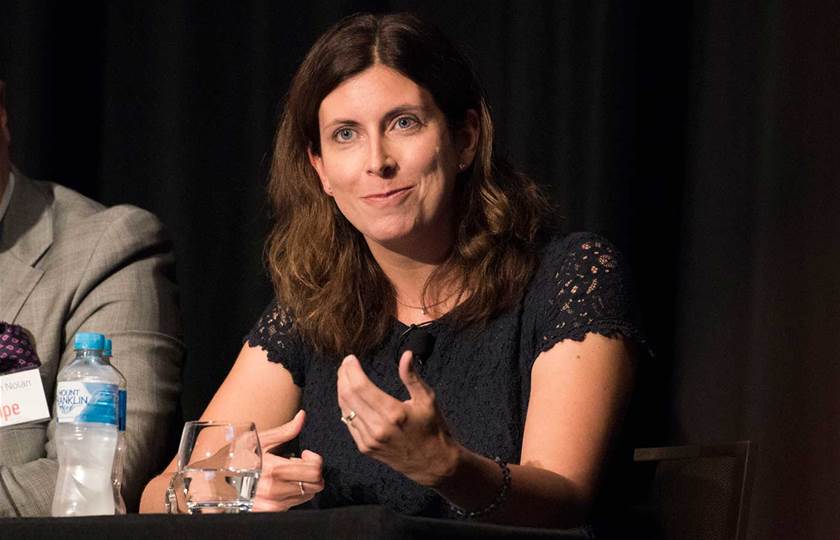

How is Telstra helping software startups go to market?
Charlotte Schraa, Telstra
One of the key ways that we’re doing that is through our Telstra Apps Marketplace. That enables our partners to productise services and reach our market of one million business customers through that SaaS platform.
We’ve got a couple of examples where that’s been working well. We’ve got Entag that’s selling services, and also AppScore selling SEO- and SEN-type packages. That makes it very much easier to consume for our business customers and we’re building out that Apps Marketplace.
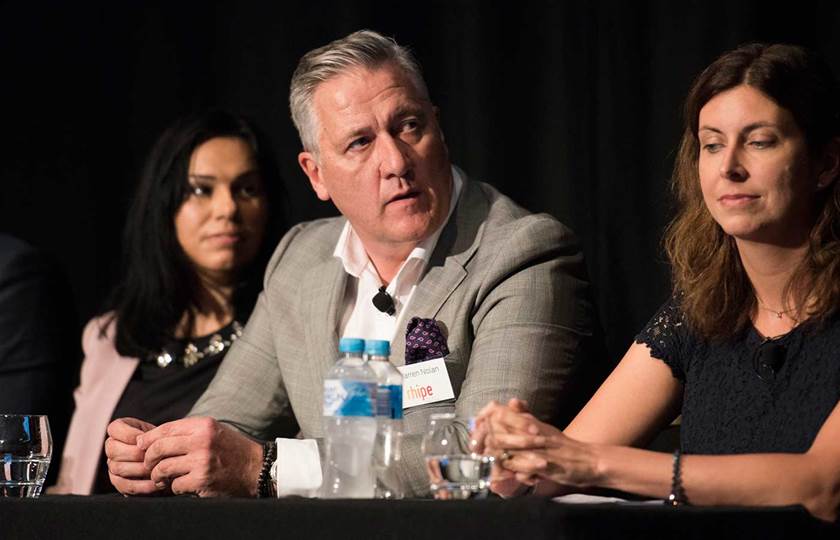

What are the challenges for ISVs in building their own channel?
Warren Nolan, Rhipe
A lot of ISVs and small companies had success in their own right selling directly to their customers. Then they look at cloud and the ability to access many more customers and build a channel through a distributor or aggregator like Rhipe.
We run programs where we try to align particular partners with each other, so they can take a bundled offering to customers and grow their business that way. But one of the most common issues or problems we confront is commercialisation. Having agreements in place. Who’s responsible for the customer? Who’s responsible for the install? Who supports the product after it is in market?
So having a good understanding of how you are going to support your product and customers once the sale is made, that’s very, very important.


What is the benefit of vendors trying to foster connections between partners?
Anita Sood, Microsoft
Locally in Australia, we have 11,000 partners and globally, we have 264,000 partners. That network alone is probably one of the most valued networks you can tap into – as well as, obviously, the customer network. But there’s a process to get there. One of the most important things about that commercialisation is being able to commercialise between partners – knowing who’s doing what.
We’ve got some great examples. We look at Nuix, or you look at Nintex and their partnership with DocuSign. Nintex is a local company here in Australia and DocuSign is a global ISV. We’ve got a range of different examples, whether it’s Mailguard, which is down in Melbourne, partnering up with some of the large licensing resellers. The opportunity is huge.
If we do get this partner-to-partner program right, that’s how we will see the win rate move from 20 percent to 50 percent to 80 percent.


How do you meet the need for higher-touch channel management?
Nathan Knight, Lenovo
One of the key pieces of information we have had from partners is, don’t just treat us like a number.
We looked at our market; we have thousands of partners. They want to work together and collaborate. Today, I was on a call with one of our partners – Plan B, they do disaster recovery. They’ve got this great tech. They’re going, “Okay, I know how to sell it to end users, but I need to work out how to build a channel for this. Lenovo, how can you help us with introductions, where you can take us to in terms of your ecosystem?”
Part of the conversation is making sure that we don’t just give partners a programmatic approach, but we sit down with them, we do business planning and we give them introductions to like-minded partners. We get reciprocal benefit for that.
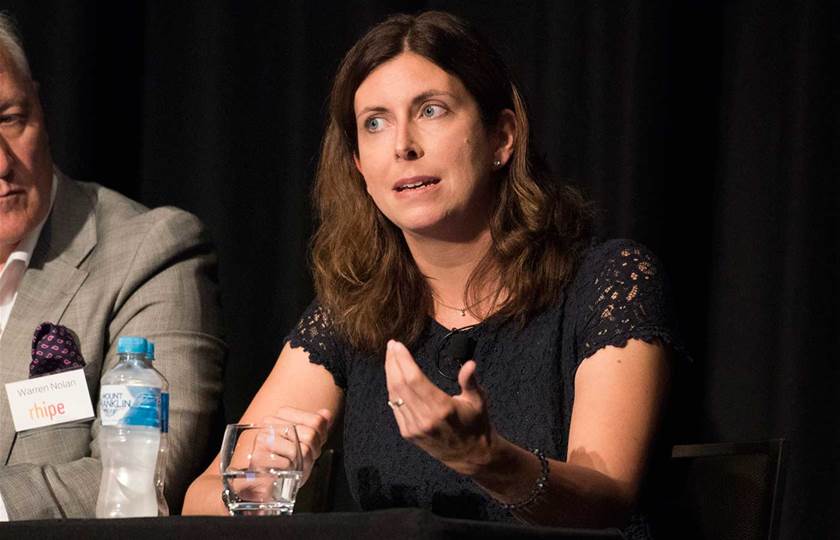

How do you make it easier for partners to work with Telstra?
Charlotte Schraa, Telstra
Born-in-the-cloud partners want everything to be easy, fast and digitally enabled. They certainly don’t expect to have to navigate the layers and layers in an organisation like Telstra.
We’ve been coming to CRN Fast50 for a couple of years and out of that we came to the realisation that we had to support new partners very differently to our established partners. We’ve got some partners that have been working with us for 20 years. They’ve come from a different place, they’ve got different DNA.
We looked at what makes new partners coming into Telstra successful. We broke that down and built a program around supporting them better and giving them early access to the right people, building an engagement path, bringing them together with other Telstra partners who are successful, and sharing some of the things that would get them of to a fast start.
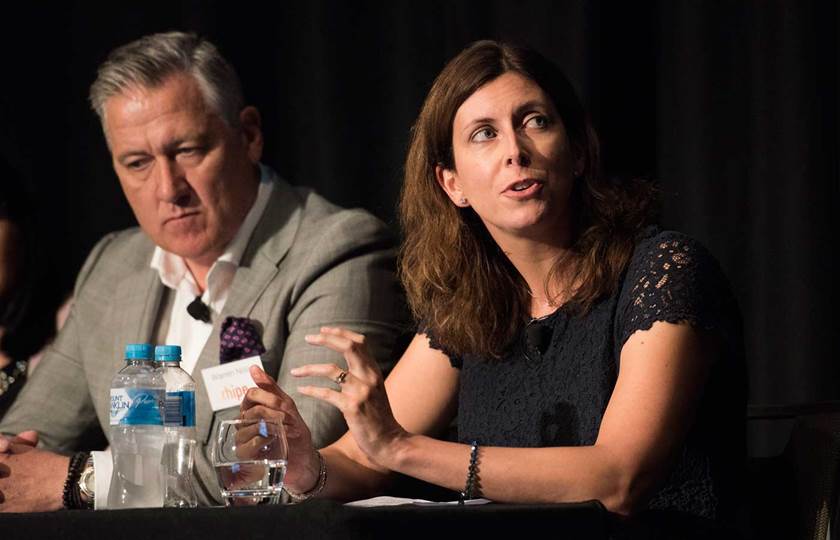

How can new partners make the most of a new Telstra relationship?
Charlotte Schraa, Telstra
Our most successful partners, we find they have one person really invested in growing the Telstra relationship from the beginning, one person who’s the conduit, the go-to person who’s going to get everything up and running, start opening doors, get the contracts sorted and the transactions happening.
The other thing was a quick win – getting a quick win for that new partner so they’ve got a success story and we can then promote through the business.
We’ve done this accelerator program now for about 18 months. It’s definitely making a difference. A partner like Leap Consulting, which is one of our WA partners, won our emerging partner of the year award. They came into the program only about 18 months ago.
Driving partner business, at speed
We asked the major sponsors of the CRN Fast50 how they support the Australian partner community to build agile businesses and achieve quicker wins in the fast-moving business landscape
PANEL SPEAKERS
- Lincoln Goldsmith, channels director, APJC, Cisco Meraki
- Charlotte Schraa, head of global management, Telstra
- Nathan Knight, ANZ head of SMB and channel sales, data centre group, Lenovo
- Pat Devlin, director, enterprise territory group, Australia, HPE
- Warren Nolan, chief commercial officer, Rhipe
- Anita Sood, ISV and next-generation partnerships lead, Microsoft
HOST
- Steven Kiernan, editorial director, CRN







